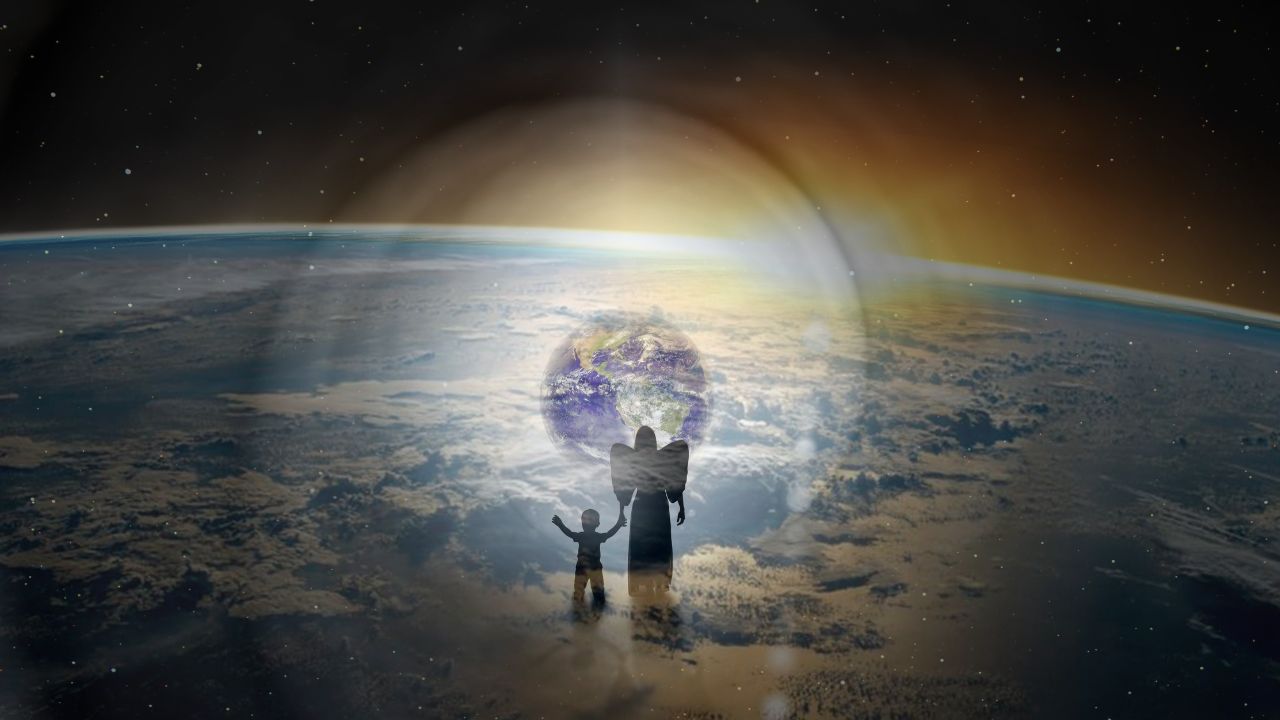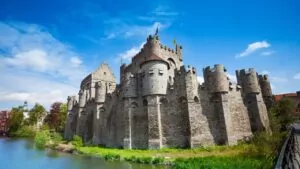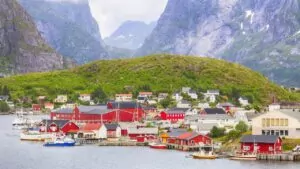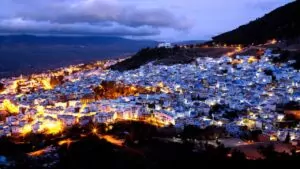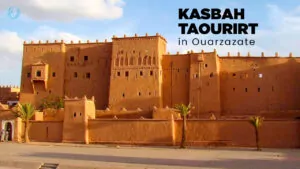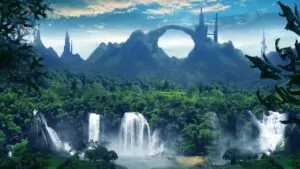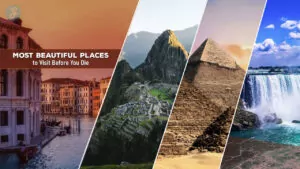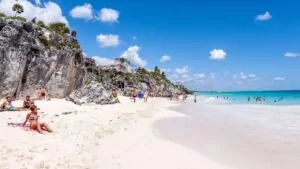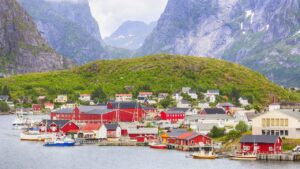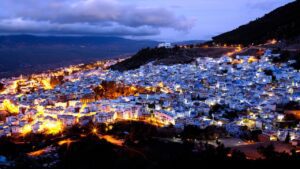From scorching deserts to icy wastelands, Earth is home to some truly mind-blowing places. These are the places that push nature—and sometimes even human survival—to the absolute limit. Whether it’s the coldest inhabited town or the deepest underwater trench, these locations stand out because of their extreme temperatures, elevations, isolation, or natural conditions.
In this article, we’ll explore the 20 most extreme locations on Earth and why they’ve earned their record-breaking status. Each location includes key facts, scientific importance, and a user-friendly summary to help you better understand the power of our planet.
How We Chose the 20 Most Extreme Places
To identify these 20 destinations, we considered a variety of scientific and geographical factors. These include:
- Record temperatures (hot and cold)
- Highest and lowest points
- Isolation and accessibility
- Salinity, acidity, and pollution levels
- Human habitability and environmental hazards
| Criterion | Example Location | Why It’s Extreme |
| Temperature | Death Valley, USA | Hottest recorded surface temperature |
| Elevation | Mount Everest, Nepal | Highest point on Earth |
| Remoteness | Tristan da Cunha | Most isolated inhabited island |
| Acidity and Heat | Dallol, Ethiopia | Acidic springs, high temperatures |
| Precipitation | Mawsynram, India | World’s highest average annual rainfal |
The 20 Most Extreme Locations on Earth
From blistering deserts and icy poles to remote islands and high-altitude cities, these locations test the boundaries of climate, geography, and human survival. Each place on this list stands out for a specific reason—whether it’s the highest, coldest, driest, or most remote. These environments may seem unlivable, but many are home to rare wildlife, indigenous communities, or scientific research stations. Let’s explore what makes each of them so extraordinary.
1. Death Valley, USA – Hottest Place on Earth
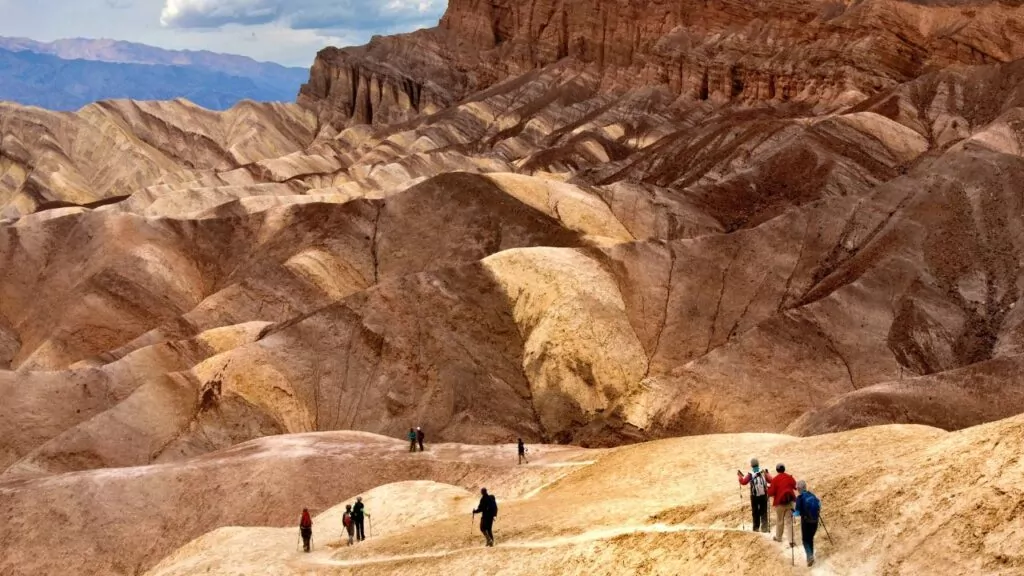
Located in California’s Mojave Desert, Death Valley holds the record for the highest surface temperature ever recorded on Earth: 56.7°C (134°F) in 1913. Summers here are brutally dry and extremely hot.
In addition to its record-breaking heat, Death Valley is also one of the driest places in North America. Summers often see temperatures soar above 50°C. The terrain features vast salt flats, rugged canyons, and sand dunes. Despite its harshness, wildlife like coyotes and desert iguanas have adapted to survive.
| Feature | Details |
| Max Temp | 56.7°C (134°F) |
| Climate Type | Desert |
| Notable Area | Furnace Creek |
| Country | United States |
2. Vostok Station, Antarctica – Coldest Place on Earth
This Russian research station recorded the coldest natural temperature ever: -89.2°C (-128.6°F) in July 1983. It’s surrounded by ice, snow, and darkness for much of the year.
Vostok is not just cold—it’s isolated, with months of darkness during the polar winter. The station sits above Lake Vostok, a subglacial lake buried under 4 km of ice. Researchers here study climate history using deep ice core samples dating back hundreds of thousands of years.
| Feature | Details |
| Min Temp | -89.2°C (-128.6°F) |
| Elevation | 3,488 meters |
| Continent | Antarctica |
| Accessibility | By aircraft only |
3. Mount Everest, Nepal/China – Highest Point on Earth
Towering at 8,848.86 meters (29,031.7 feet), Everest is the Earth’s highest mountain above sea level. It draws climbers from around the world despite its harsh, thin-air environment.
Everest is a symbol of human endurance and ambition. Due to thin oxygen levels at the summit (only a third of sea level), climbers must acclimate or use supplemental oxygen. Temperatures can drop below -40°C, and powerful winds make ascents extremely dangerous.
| Feature | Details |
| Elevation | 8,848.86 meters |
| Countries | Nepal, China (Tibet) |
| Avg. Temp | -19°C (-2°F) at summit |
4. Mariana Trench, Pacific Ocean – Deepest Ocean Point
The Challenger Deep is the trench’s lowest point, about 10,984 meters (36,037 feet) below sea level. The pressure here is over 1,000 times greater than at sea level.
The trench is deeper than Mount Everest is tall. Only a few manned submersibles have reached the Challenger Deep due to crushing pressure. This region is home to bizarre organisms, such as amphipods and snailfish, that have evolved to survive in darkness and high pressure.
| Feature | Details |
| Depth | 10,984 meters (approx.) |
| Location | Western Pacific |
| Discovery | 1951, HMS Challenger |
5. Dallol, Ethiopia – Hottest Inhabited Place on Earth
With an average annual temperature of 34.6°C (94.3°F), Dallol features geysers, acid pools, and salt formations. It’s not just hot—it’s also toxic.
Dallol is located in the Danakil Depression and has active hydrothermal activity, including colorful hot springs and acidic ponds. The air often smells of sulfur, and salt mining is still done manually by Afar tribespeople, making it one of the few populated toxic environments.
| Feature | Details |
| Avg. Temp | 34.6°C (94.3°F) |
| Environment | Volcanic, acidic |
| Region | Danakil Depression |
6. Atacama Desert, Chile – Driest Non-Polar Desert
Some areas haven’t seen rainfall for over 500 years. This desert has Martian-like soil, making it a testing ground for NASA’s Mars rovers.
NASA has used Atacama to simulate Mars exploration because some parts have not received rain for centuries. Despite the dryness, the region bursts with life during rare rainfalls—an event known as the “desierto florido,” where wildflowers bloom spectacularly.
| Feature | Details |
| Rainfall | <1 mm/year in some regions |
| Altitude | 2,400–3,000 meters |
| Length | 1,600 km |
7. Mawsynram, India – Wettest Place on Earth
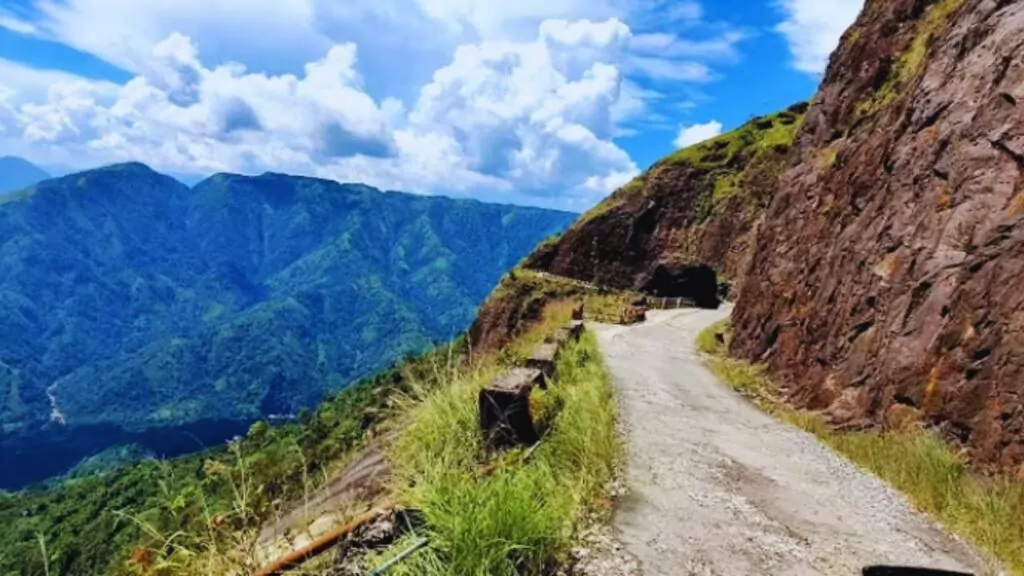
This village in Meghalaya receives over 11,871 mm (467.4 inches) of rainfall annually due to monsoon winds hitting the Khasi Hills.
Rainfall is so constant that locals build homes with double-layered rooftops and grow unique crops like betel leaf. The Khasi tribe uses living root bridges—natural structures made from the roots of trees—to cross rivers swollen by monsoon rains.
| Feature | Details |
| Annual Rainfall | 11,871 mm (avg.) |
| Region | Northeast India |
| Climate | Subtropical highland |
8. Oymyakon, Russia – Coldest Inhabited Place
With temps dropping to -67.7°C (-89.9°F), this Siberian village tests the limits of human endurance. Locals rely on reindeer and underground storage to survive.
This Siberian village experiences months of darkness in winter. Schools remain open until temperatures fall below -52°C. Cars are left running all day to prevent freezing, and underground cellars keep food preserved in the permafrost.
| Feature | Details |
| Record Low | -67.7°C |
| Population | Around 500 |
| Season Length | 9-month winters |
9. Mount Thor, Canada – Greatest Vertical Drop
Located in Nunavut, Mount Thor has a vertical drop of 1,250 meters (4,101 feet), making it a favorite for base jumpers and climbers.
Mount Thor is located within Auyuittuq National Park and is a paradise for climbers seeking thrills. The nearly vertical drop provides one of the longest purely vertical climbs on Earth, with dramatic views of glaciers and rugged Arctic landscapes.
| Feature | Details |
| Vertical Drop | 1,250 meters |
| Mountain Height | 1,675 meters |
| Rock Type | Granite |
10. Lake Assal, Djibouti – Saltiest Body of Water
This crater lake has a salinity level 10x higher than oceans. At 155 meters below sea level, it’s also the lowest point in Africa.
Lake Assal is part of the Afar Triangle and is fed by underground springs rather than rivers. The surrounding area is coated in thick salt crusts, and salt mining has been practiced here for centuries. Temperatures around the lake often exceed 40°C.
| Feature | Details |
| Salinity | ~35% |
| Elevation | -155 meters |
| Location | Great Rift Valley |
11. La Rinconada, Peru – Highest City in the World
Sitting at 5,100 meters (16,732 feet), La Rinconada is a gold-mining town with no running water. Oxygen levels are 50% lower than at sea level.
Despite its elevation, La Rinconada has no municipal water or sewage system. Many residents work in hazardous conditions in illegal gold mines. Oxygen levels are so low that altitude sickness is a constant risk, even for locals.
| Feature | Details |
| Population | ~50,000 |
| Economy | Informal gold mining |
| Oxygen Level | Significantly reduced |
12. Danakil Depression, Ethiopia – Scorching and Toxic
With active volcanoes and acidic springs, this region is one of the most inhospitable yet geologically active places on Earth.
The region lies at the intersection of three tectonic plates, causing volcanic and hydrothermal activity. The land is colored with surreal hues from sulfur, salt, and iron. Despite extreme heat and toxicity, microbial life has been found, making it of interest to astrobiologists.
| Feature | Details |
| Avg. Temp | >35°C |
| Terrain | Salt flats, lava fields |
| Hazards | Sulfuric gases, acid pools |
13. Tristan da Cunha – Most Remote Inhabited Island
Located in the South Atlantic Ocean, this volcanic island is 2,400 km from the nearest inhabited land. Only about 250 people live here.
This British Overseas Territory is so remote that supplies are delivered only a few times per year by boat. There is no airport, and residents mostly rely on farming, fishing, and handicrafts. The island’s volcanic history and tight-knit community add to its uniqueness.
| Feature | Details |
| Population | ~250 |
| Distance to Land | 2,400 km to South Africa |
| Transport | Boat access only |
14. Amazon Rainforest – Most Biodiverse Region
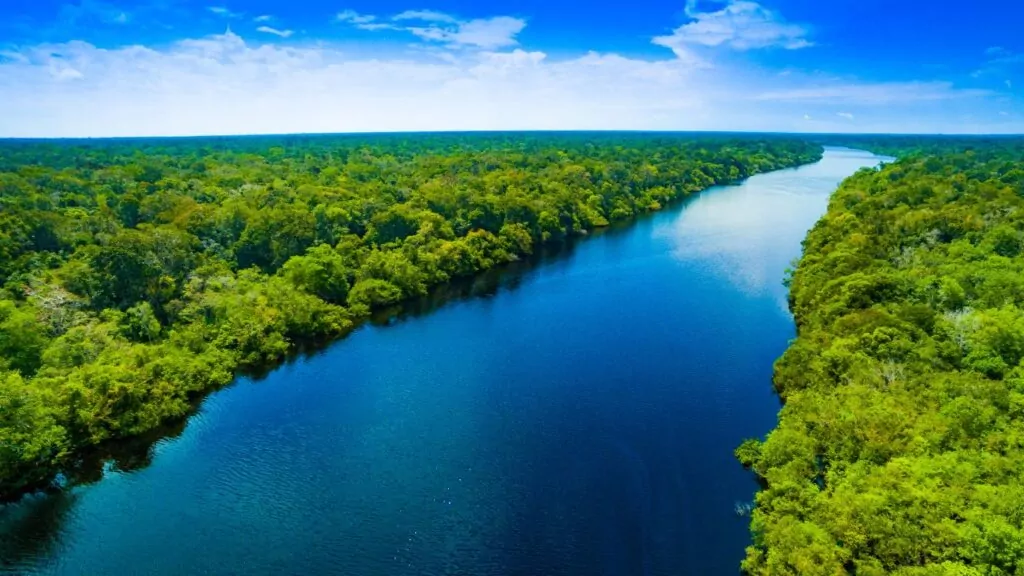
Covering 5.5 million square km, the Amazon is home to 10% of known species. It’s hot, humid, and mostly inaccessible by road.
The rainforest produces 20% of Earth’s oxygen and is home to indigenous tribes who live without contact with modern civilization. However, deforestation and climate change pose major threats to this essential global ecosystem.
| Feature | Details |
| Area | 5.5 million sq. km |
| Rainfall | ~2,000 mm/year |
| Species Count | >3 million |
15. Mount Chimborazo, Ecuador – Closest Point to Space
Due to the Earth’s equatorial bulge, Chimborazo’s peak is farther from Earth’s center than Everest, even though it’s shorter in elevation.
Due to the Earth’s bulge at the equator, Chimborazo’s summit is 2 km farther from the Earth’s core than Everest. It’s a dormant volcano that offers climbers a surreal experience—standing closest to the stars while still on Earth.
| Feature | Details |
| Height | 6,263 meters |
| Location | Ecuador |
| Distance from Core | ~6,384 km |
16. Socotra Island, Yemen – Alien-Looking Landscape
Often called the “Galápagos of the Indian Ocean,” Socotra has unique dragon blood trees and over 700 endemic species.
Socotra’s ecosystem is so unique that one-third of its plant life is found nowhere else. Its isolation has allowed species to evolve independently for millions of years. The island’s bizarre trees and plants look like something from another planet.
| Feature | Details |
| Endemic Species | 700+ |
| Isolation | Over 240 km from mainland |
| UNESCO Status | World Heritage Site |
17. McMurdo Dry Valleys, Antarctica – Driest Polar Desert
With almost no snowfall, these valleys receive less moisture than the Sahara. Yet they host microbial life under harsh conditions.
This ice-free region offers extreme cold, strong winds, and ultra-low humidity. Scientists believe the Dry Valleys are the closest Earth analog to Mars, where microbial life survives in isolated brine pools beneath the surface.
| Feature | Details |
| Avg. Precip. | <10 mm/year |
| Terrain | Ice-free valleys |
| Scientific Value | Mars analog research site |
18. Salar de Uyuni, Bolivia – Largest Salt Flat
Spanning 10,582 square km, this salt flat becomes a giant mirror during the rainy season, attracting tourists and scientists alike.
During the rainy season, this salt flat turns into the world’s largest natural mirror, creating perfect reflections of the sky. It contains vast lithium reserves, making it geopolitically important for future battery technology.
| Feature | Details |
| Size | 10,582 sq. km |
| Lithium Reserves | One of the largest |
| Altitude | 3,656 meters |
19. Norilsk, Russia – Most Polluted Arctic City
A major nickel-producing city north of the Arctic Circle, Norilsk is exposed to toxic air and long, dark winters.
Built during the Soviet era, Norilsk is one of the world’s largest heavy metal smelting centers. The city endures long polar nights, where darkness can last for 45 days. Air pollution is so severe that snow sometimes falls black or red.
| Feature | Details |
| Population | ~175,000 |
| Pollution | Sulfur dioxide, heavy metals |
| Climate | Subarctic |
20. Lake Baikal, Russia – Deepest Freshwater Lake
This UNESCO site contains 20% of Earth’s unfrozen freshwater. It reaches a depth of 1,642 meters and hosts many unique species.
Lake Baikal contains more water than all the Great Lakes combined. In winter, its surface freezes into thick, crystal-clear ice, allowing for vehicle transport. The lake is home to the world’s only freshwater seal and many endemic species.
| Feature | Details |
| Depth | 1,642 meters |
| Age | ~25 million years |
| Biodiversity | ~3,700 species |
Why These Locations Matter
Extreme places teach us about climate change, geological evolution, and biological survival. From microbial life in Antarctica to high-altitude societies in Peru, these areas help scientists understand what’s possible on Earth—and beyond.
Final Thoughts – Living at the Edge
These 20 extreme locations show us the true force of nature. They remind us how adaptable life can be—and how fragile our planet is in the face of rising temperatures and environmental stress. Whether you’re a science enthusiast or a traveler at heart, exploring these extremes opens your eyes to the incredible diversity of Earth.
FAQs About the World’s Most Extreme Places
Q: What is the hottest place on Earth?
A: Death Valley, USA, holds the record at 56.7°C.
Q: Where is the coldest inhabited town?
A: Oymyakon, Russia, with winter temperatures below -60°C.
Q: What’s the deepest point in the ocean?
A: The Challenger Deep in the Mariana Trench.
Q: Which place has the most rainfall?
A: Mawsynram, India.

